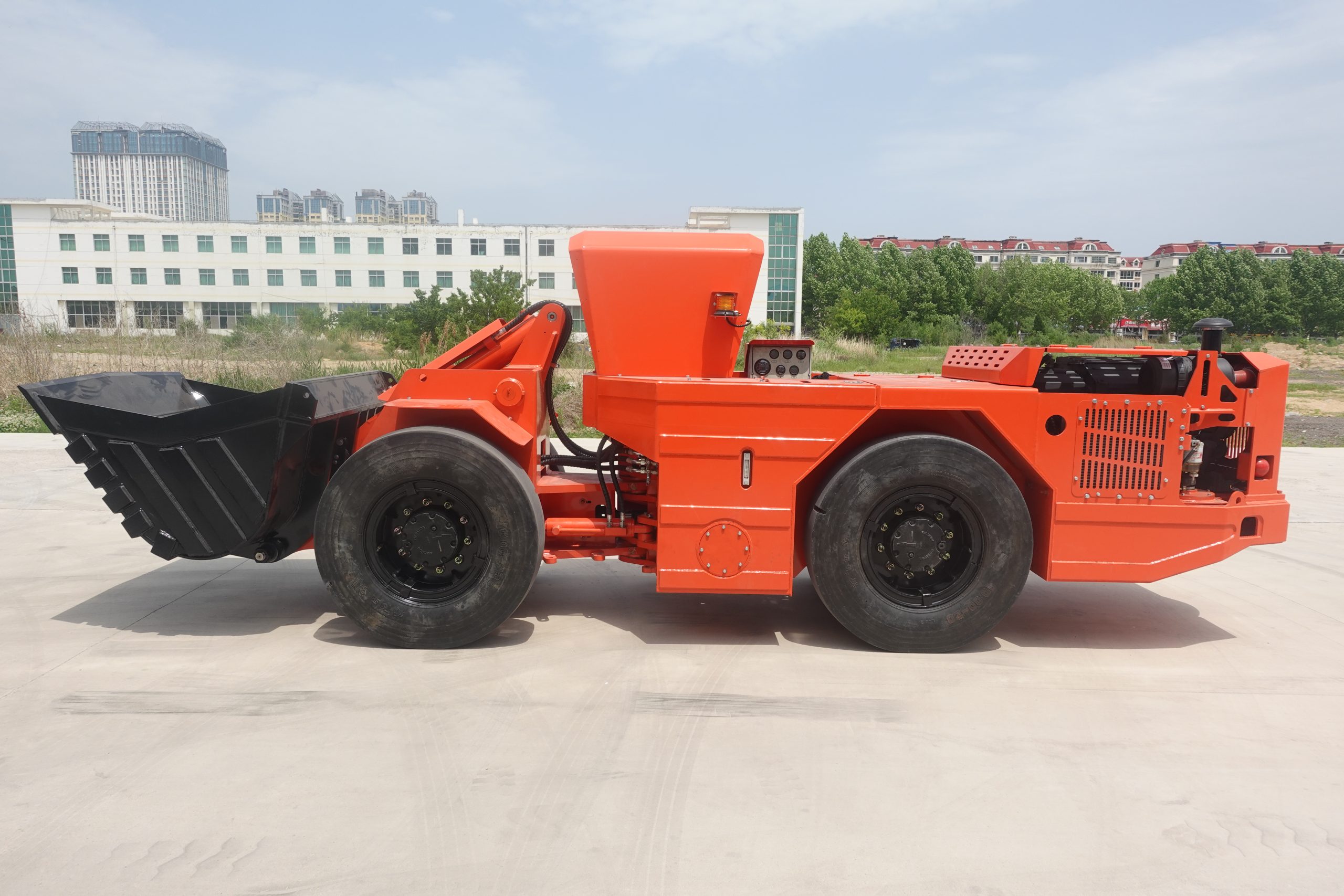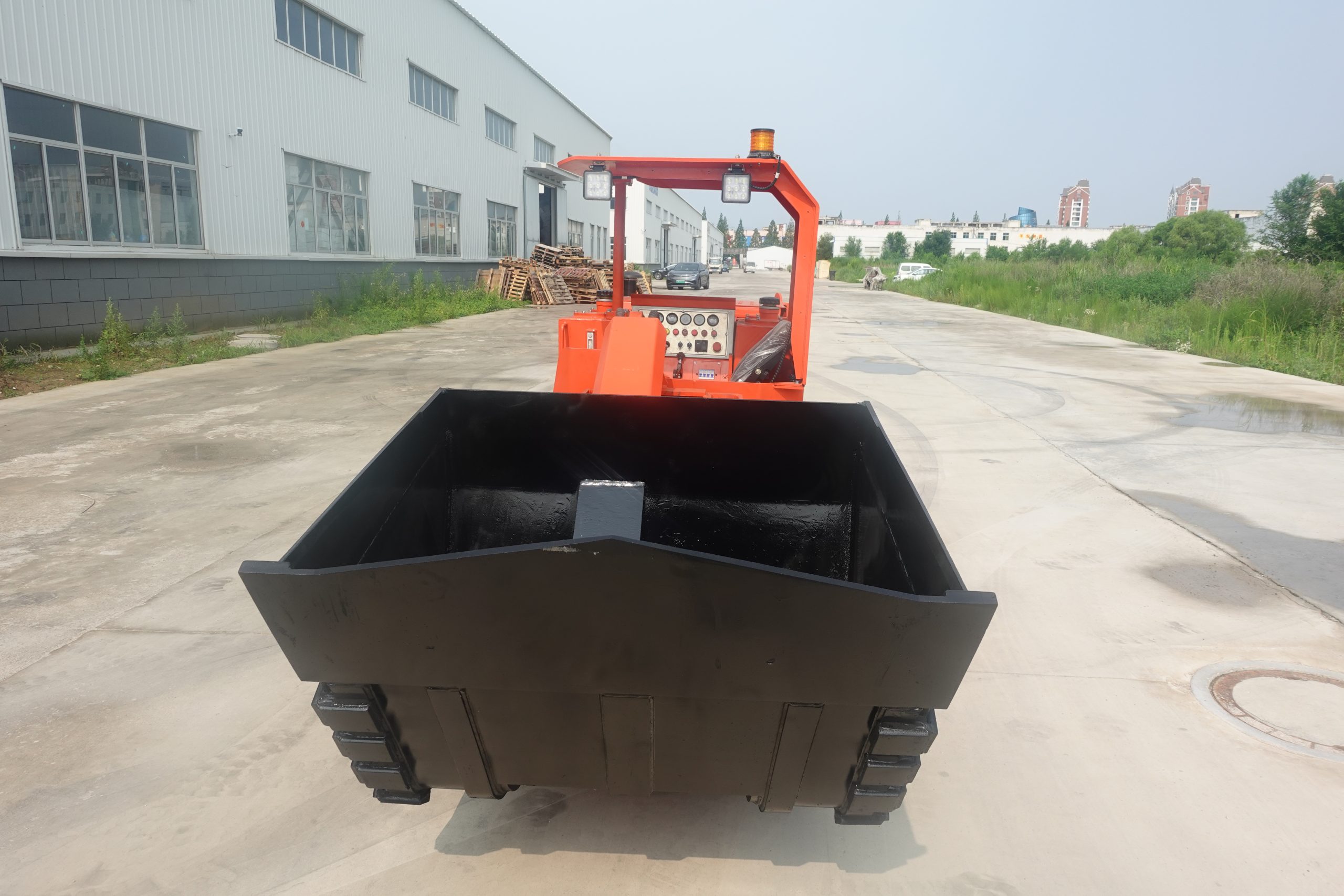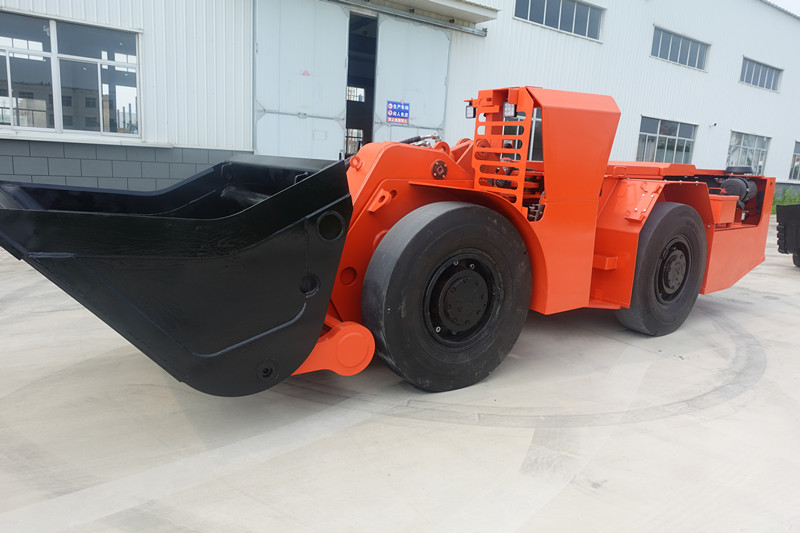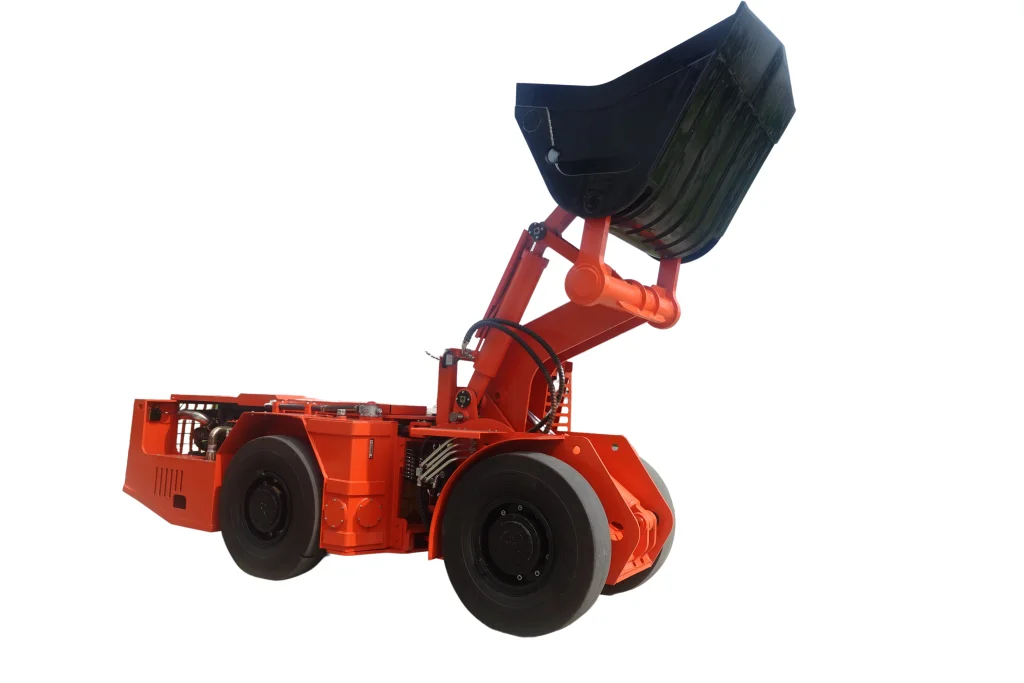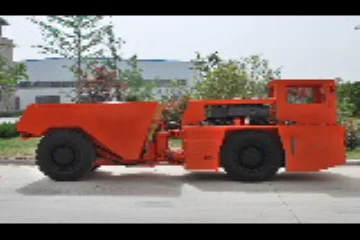Underground mining is a vital extraction method used to harvest valuable materials lying beneath the earth’s surface. This process allows access to resources that are often unreachable by surface mining. With the growing demand for precious metals, minerals, and industrial resources, understanding underground mining becomes increasingly important. This article will explore the methods of underground mining, the various materials mined, and the environmental and safety considerations associated with this industry.
Understanding Underground Mining
Definition and Overview
Underground mining refers to the technique of extracting valuable minerals and ores buried deep beneath the earth’s surface. This process involves creating tunnels and shafts to access the deposits, which can be located several hundred meters below ground level. It is commonly employed in the extraction of precious metals, coal, and various industrial minerals. The primary advantage of underground mining is its ability to access deposits that are not economically viable to mine using surface methods due to factors like depth and geological characteristics.
Methods of Underground Mining
There are a variety of methods employed in underground mining, each suited to specific types of deposits and geological conditions. Common techniques include room and pillar mining, cut and fill mining, and block caving. Room and pillar mining involves creating a series of rooms in the mined material while leaving pillars for support. Cut and fill mining entails excavating the ore in horizontal slices and filling the void with waste material or tailings. Block caving, on the other hand, is a method that involves undermining a rock mass and allowing it to collapse under its weight. Each method has its own advantages and is chosen based on factors such as the type of material, depth of the deposit, and economic feasibility.
Materials Mined Underground
Precious Metals
Many precious metals are harvested through underground mining, with gold and silver being the most prominent. These metals are highly sought after for their use in jewelry, electronics, and as financial assets. Mining operations often focus on locating high-grade deposits, which contain a significant concentration of the desired metal. Extracting these metals involves complex processes such as drilling, blasting, and refining to separate the metal from its ore. Other precious metals, such as platinum and palladium, are also mined underground and are essential for industries ranging from automotive to electronics.
Industrial Minerals
In addition to precious metals, underground mining yields a variety of industrial minerals that play critical roles in numerous applications. Minerals such as gypsum, potash, and limestone are mined for uses in construction, agriculture, and manufacturing. Gypsum, for instance, is essential for the production of drywall, while potash is a key ingredient in fertilizers. Limestone, on the other hand, serves multiple purposes, including as a building material and a component in cement production. The extraction of these minerals through underground mining processes allows for the development of essential materials that contribute to economic growth.
Environmental and Safety Aspects
Environmental Impact
While underground mining is essential for obtaining valuable resources, it is not without environmental consequences. The process can lead to habitat destruction, groundwater contamination, and soil erosion. Moreover, mining operations can produce waste material, which, if not properly managed, may result in pollution of nearby ecosystems. Implementing sustainable mining practices and adhering to regulatory frameworks are crucial for minimizing the environmental footprint of underground mining activities. Companies are increasingly expected to conduct environmental assessments and adopt measures that protect the surrounding landscape.
Safety Measures in Underground Mining
Safety is a paramount concern in underground mining due to the inherent risks associated with working deep below the surface. Miners face dangers from rock falls, gas emissions, and equipment accidents. To mitigate these risks, mining companies implement a variety of safety measures including training programs, ventilation systems, and monitoring for hazardous gas levels. Regular inspections and maintenance of equipment are also critical to ensure a safe working environment. Furthermore, advancements in technology, such as remote monitoring systems and automation, have the potential to enhance safety and reduce the likelihood of accidents.
In conclusion, underground mining plays a significant role in providing precious metals and industrial minerals that are essential for various industries. While it offers numerous advantages, including access to valuable resources, it also poses challenges regarding environmental impact and worker safety. As the demand for these materials continues to grow, it is imperative for mining operations to prioritize sustainable practices and ensure the well-being of both the environment and mining personnel.
Yantai Chi Hong Machinery Co., Ltd.
Company Overview
Yantai Chi Hong Machinery Co., Ltd. has established itself as a key player in the underground mining sector. This innovative company specializes in the manufacturing of high-quality machinery used in the extraction of precious metals and minerals. Their comprehensive range of products includes drilling rigs, trucks, loaders, and other essential equipment designed to enhance the efficiency and safety of underground mining operations. With a commitment to research and development, Yantai Chi Hong Machinery continues to advance the capabilities of mining machinery to meet the evolving demands of the industry.
Contributions to Underground Mining Industry
The contributions of Yantai Chi Hong Machinery to the underground mining industry are significant. Firstly, the company places great emphasis on the development of advanced technologies that improve the efficiency of mining processes. By incorporating automation and smart technology into their equipment, they aim to streamline operations, increase production rates, and reduce operational costs. Consequently, these innovations ensure that mining operations can effectively meet the growing global demand for precious metals and minerals.
In addition to technological advancements, Yantai Chi Hong Machinery is committed to sustainability and environmental responsibility within the mining industry. The company actively engages in developing eco-friendly mining solutions that minimize ecological impacts. This includes engineering equipment that reduces emissions and energy consumption, ultimately fostering a cleaner and safer mining environment. Moreover, Yantai Chi Hong Machinery collaborates closely with mining companies to develop comprehensive training programs that emphasize safety and operational best practices, ensuring that workers are well-equipped to operate machinery proficiently.
Yantai Chi Hong Machinery also recognizes the importance of ongoing support and maintenance for the mining industry. By offering robust after-sales services and technical assistance, the company ensures that its machinery operates at optimal levels throughout its lifespan, enhancing productivity in underground mining operations. This commitment to after-sales care helps clients maximize their investments while maintaining safety and efficiency in their operations.
Future Trends in Underground Mining
Technological Advancements
h
The future of underground mining is expected to be deeply influenced by technological advancements that aim to enhance productivity, safety, and efficiency. With the ongoing integration of automation and artificial intelligence, mining companies are gradually adopting robotics and automated systems in their operations. For instance, autonomous vehicles and drilling equipment can be deployed to perform dangerous tasks, significantly reducing risks to human workers. Such technologies not only improve safety but also lead to increased precision in extraction processes.
Another emerging trend in underground mining is the use of data analytics and machine learning. Companies are increasingly harnessing vast amounts of data collected during mining operations to optimize their processes. By analyzing this data, mining operators can identify inefficiencies and implement improvements to enhance production rates and reduce costs. Predictive maintenance, driven by data insights, allows mining companies to forecast equipment failures before they occur, ultimately minimizing downtime and extending the lifecycle of their machinery.
Furthermore, advancements in underground mapping and modeling technologies are transforming how mining companies assess geological conditions and plan operations. Utilizing three-dimensional modeling and advanced surveying equipment enables miners to develop accurate representations of ore bodies, optimizing extraction strategies and minimizing waste. These technological developments collectively empower underground mining operations to become more systematic, efficient, and safer.
Sustainable Practices
As environmental concerns continue to grow, the importance of implementing sustainable practices in underground mining is gaining traction. Mining companies are recognizing the need to balance resource extraction with ecological preservation to ensure the long-term viability of mining activities. To this end, there is a significant shift toward employing sustainable mining techniques that minimize environmental impacts throughout the life cycle of a mine.
One key aspect of sustainable underground mining includes the reclamation of mined land once extraction is complete. Companies are increasingly investing in restoration projects to rehabilitate mining areas, promoting biodiversity and restoring ecosystems. This includes replanting native vegetation and creating wildlife habitats, reflecting a commitment to environmental stewardship. Furthermore, procedures that enhance energy efficiency and minimize water usage during extraction processes are becoming standard practices among mining operators.
Another promising trend in sustainable underground mining is the implementation of circular economy principles, which focus on the reuse and recycling of materials. By adopting these principles, mining companies can reduce the generation of waste and optimize resource utilization. For example, the use of waste materials from mining operations can be explored for various applications, reducing the need for new raw materials and lowering overall environmental footprints.
In the realm of mining it is crucial to implement methods to tackle the environmental effects and reduce carbon emissions. Embracing these practices enables the mining sector to shift towards approaches that prioritize both extracting resources and preserving the environment creating an equilibrium, for upcoming generations.


